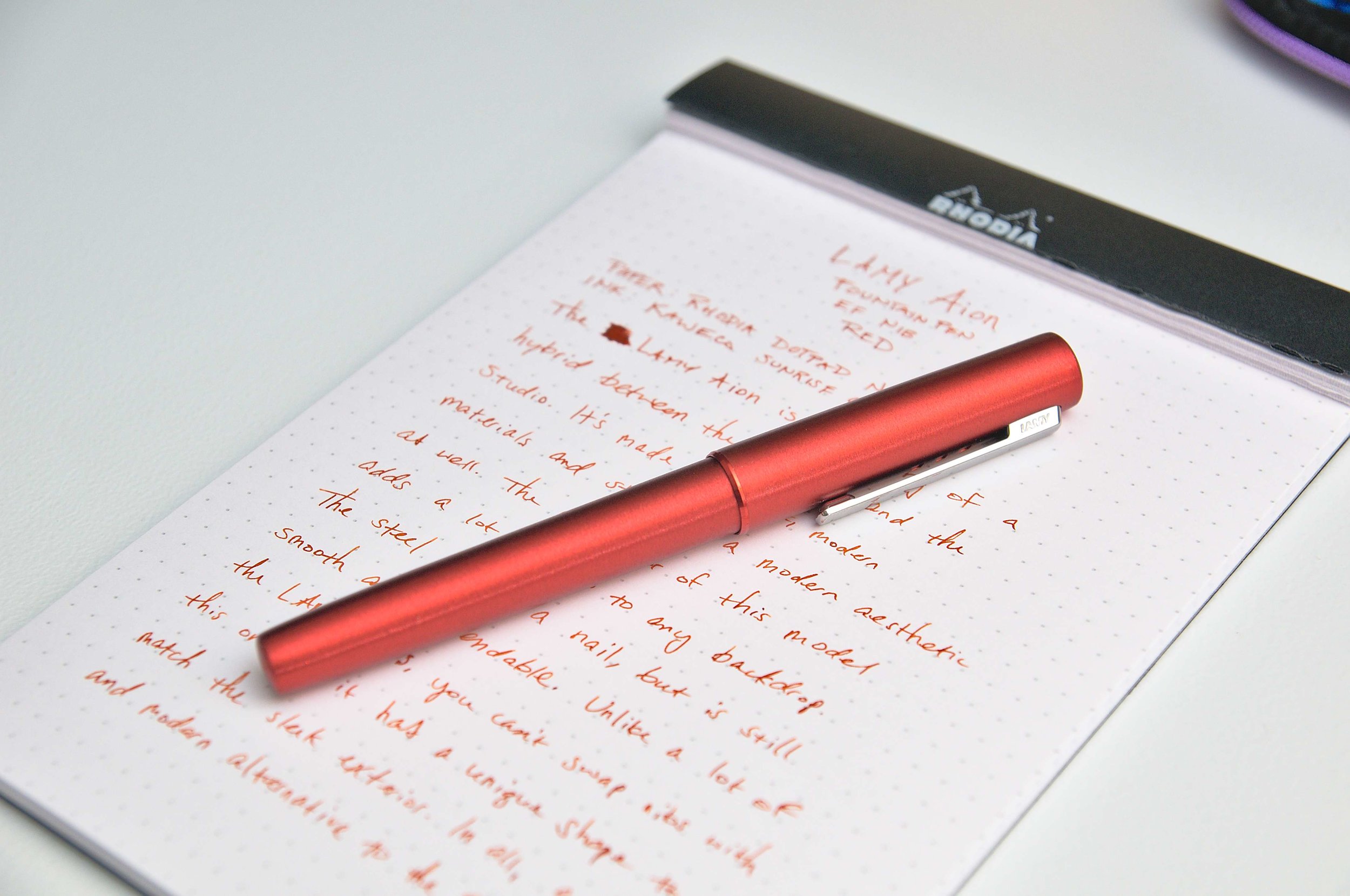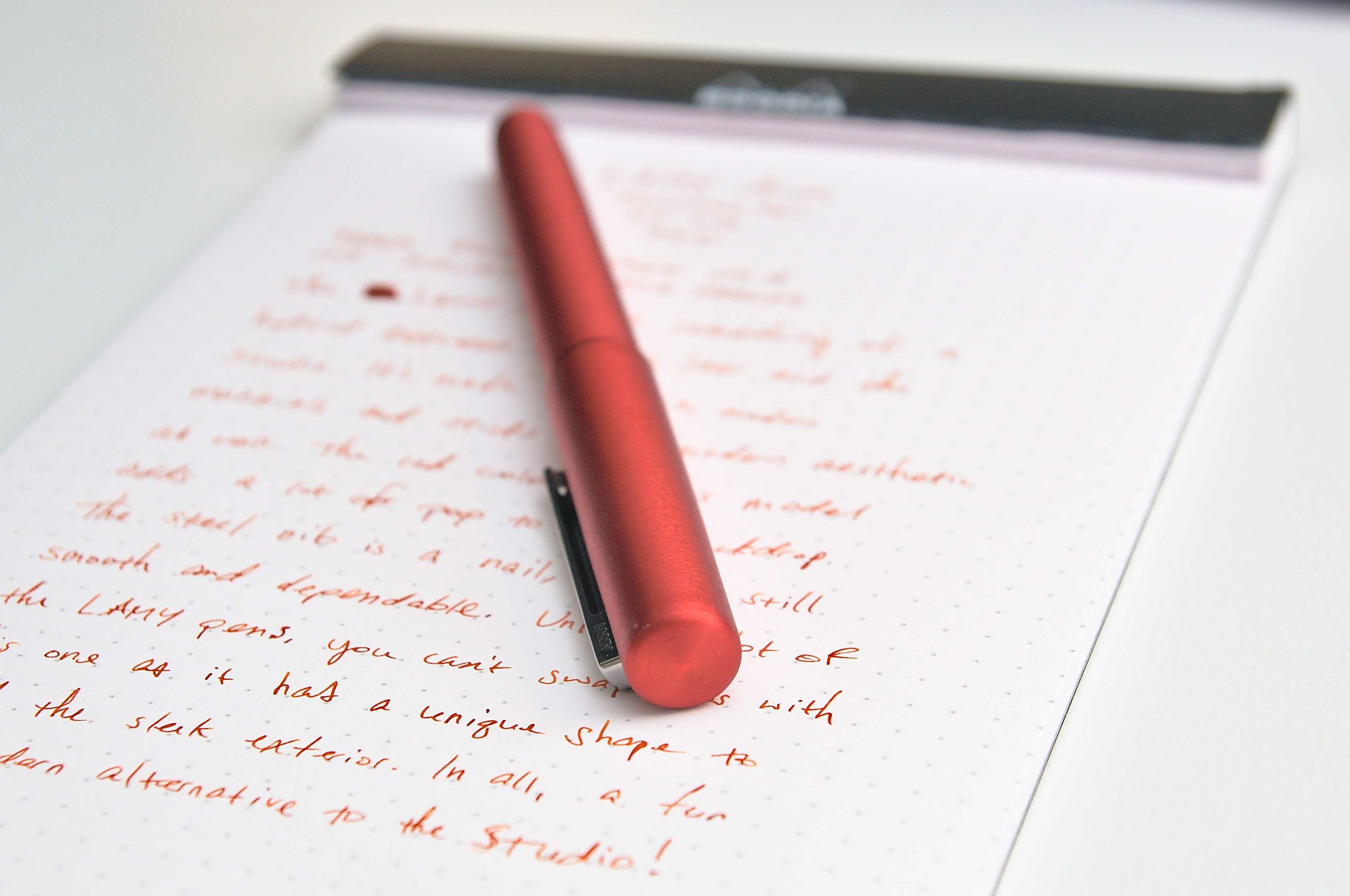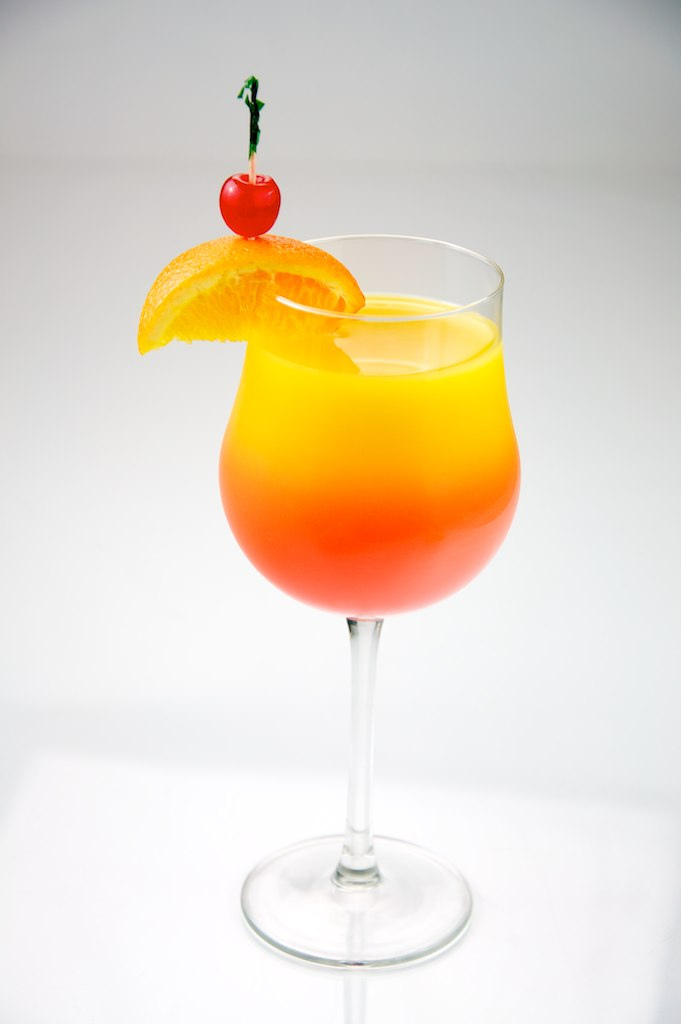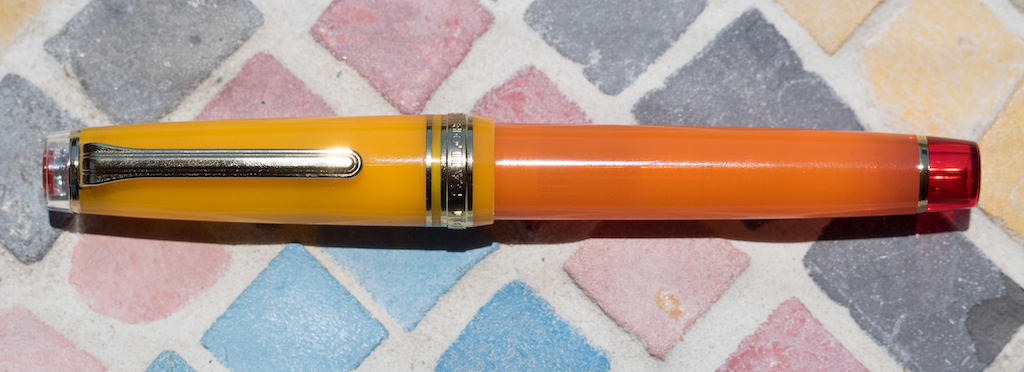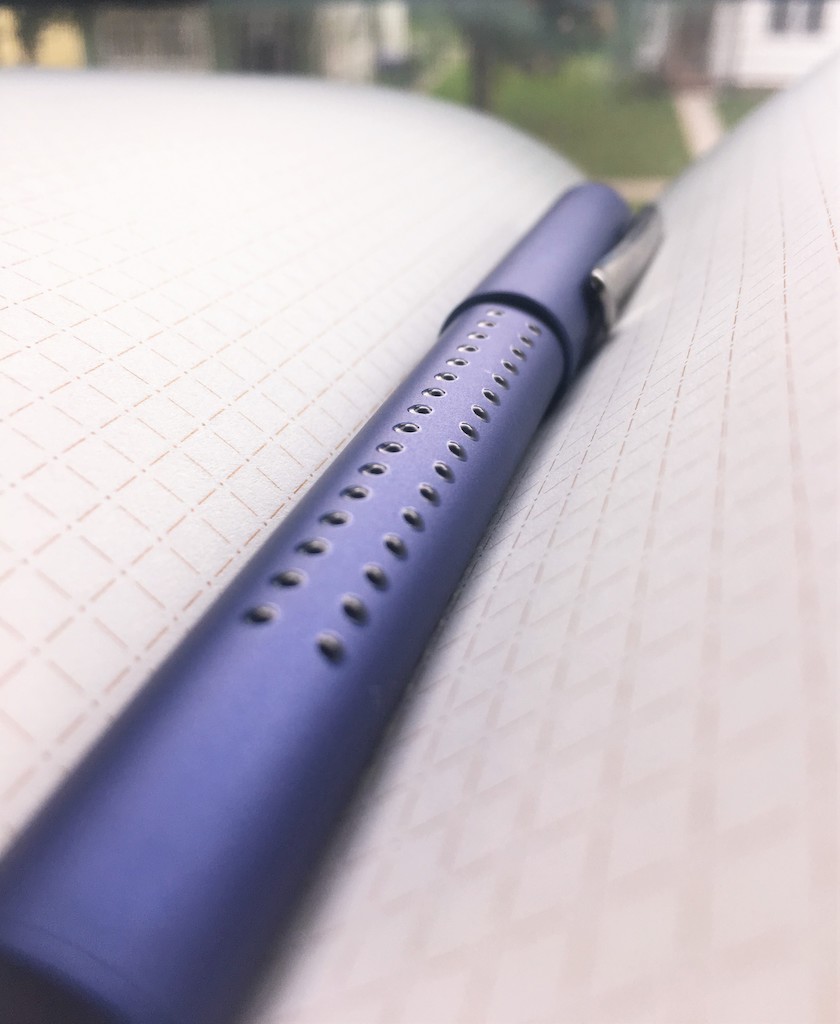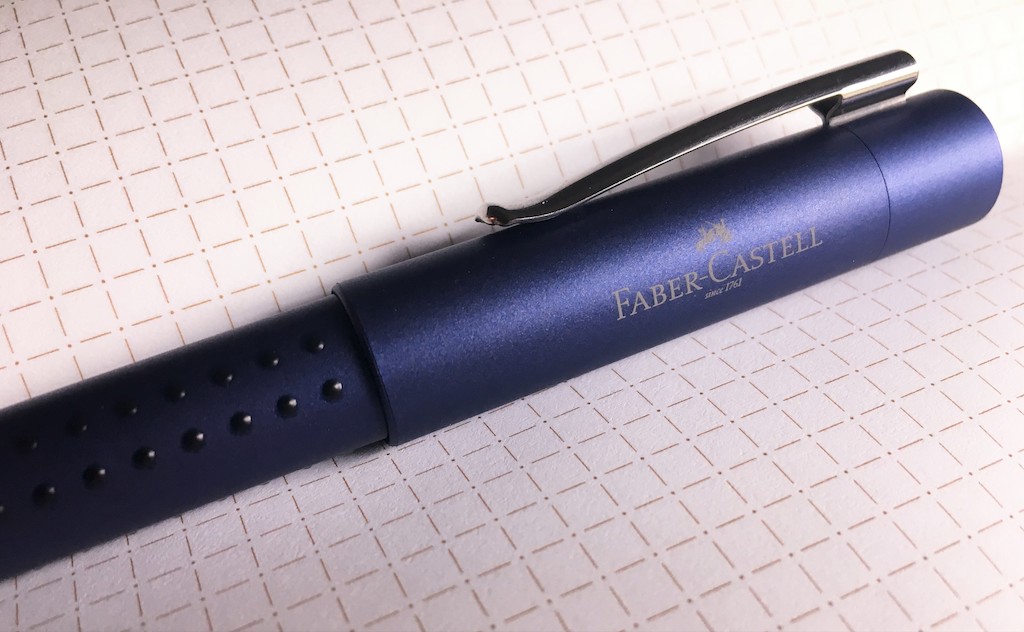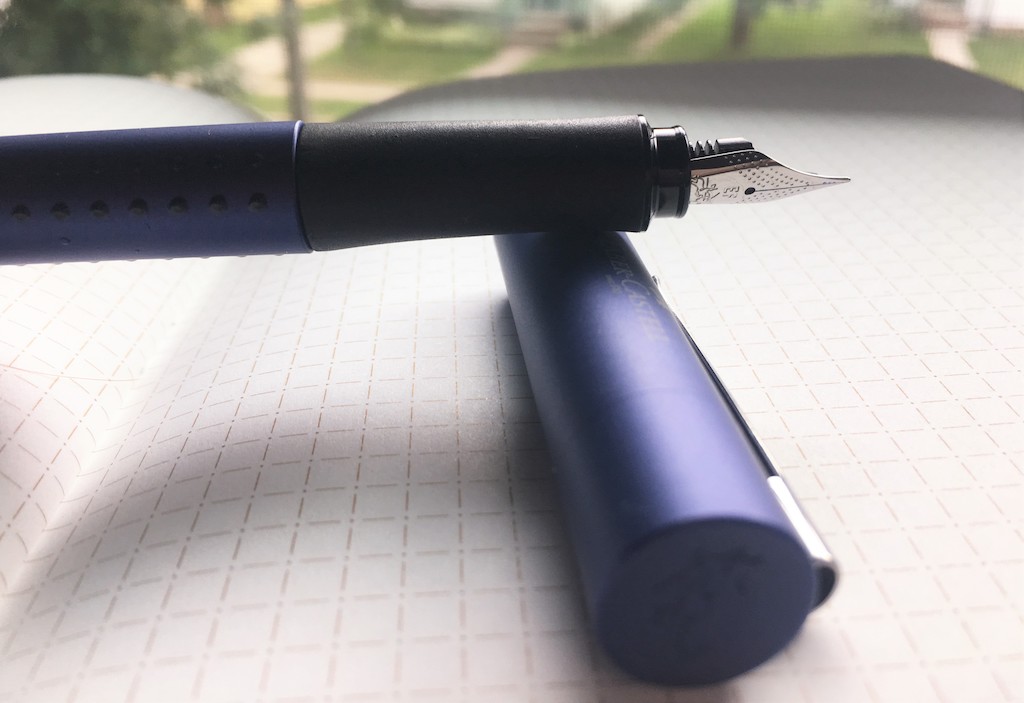(Jeff Abbott is a regular contributor at The Pen Addict. You can find more from Jeff online at Draft Evolution and Twitter.)
The Lamy Aion is a relatively new offering from the German brand, and I've been pretty slow about getting my hands on one. Now that I have one of these new pens in the fantastic red color, I can understand why I've seen so much about them. This pen doesn't replace any other pen in the Lamy line-up — but rather creates a new aesthetic offering in the Lamy Studio price-point.
After using this pen quite a bit, I've come to think of it as a more modern and sleeker AL Star. The pen is made entirely of aluminum, and it's roughly the same size as the less-expensive cousin. The aluminum is lightweight, but also feels incredibly durable. In places where the AL Star can feel somewhat thin and delicate, this is a welcome change. Like every other Lamy, the cap is a friction fit snap system. The motion of uncapping and capping the pen is satisfying. It requires enough pressure to operate that you won't be concerned about this pen uncapping itself in a pocket or bag when it's jostled around. Capping the pen has an equally satisfying ker-thunk as well.
The cap feels like it's weighted on the top end, giving the pen a top heavy feel when it's capped. However, when posted, this extra weight at the top of the pen provides a nice amount of balance to the nib when you're writing. The pen barrels fits into more than half of the cap, which is a good thing since this is a fairly long pen to begin with. When posted, it becomes almost too long.
There's also a new clip system for the Aion. Borrowing from the 2000, the Aion clip is spring-loaded, giving it excellent grip on pockets and bags. It's a very smooth motion and has a secure feel. I'm really impressed with this clip system and really with the Studio used something similar, as the Studio can be somewhat difficult to clip onto things.
The aluminum materials are quite nice on the Aion. According to the marketing literature, the barrel and cap are made of single pieces of aluminum. This gives them a high-quality, seamless feel that adds to the luxury of the pen. The barrel and cap are both brushed on the surface, which adds an interesting visual detail and a pleasing texture. The grip, on the other hand, is also made of aluminum, but has a blasted surface, resulting a smoother but still textured feel. The difference in texture also sets it apart visually from the barrel.
In almost every Lamy I've used (aside from the hooded 2000, of course), they use the same nib system, making it easy to swap and exchange nibs whenever you like. In an interesting departure, the Aion uses a unique nib shape, meaning you can't swap it with you other Lamy nibs. This is a bit disappointing since that's a major perk of the Lamy fountain pen system. The marketing literature explains this change as a decision to make the nib line up with the modern design of the Aion, but I don't think the Aion nib differs enough from the regular nibs to justify the unique fitting. They could have used the same standard Lamy nib without decreasing the modern aesthetic. Let's face it — all of Lamy's designs are fairly modern. That makes this nib change feel a bit off. Even the slightly-more-expensive Studio uses the common Lamy nibs.
Nib design choices aside, I've been incredibly happy with how it performs on paper. The nib is stainless steel and is as hard as a nail on the EF unit. The line is makes is consistent, thin, and sharp. Being as stiff as it is, there's absolutely no flex unless you apply enough pressure to also cut through the page. This nib is perfect for writing small and making exact marks. The orange ink (by the way, have I broken some unspoken rule by putting Kaweco ink in a Lamy pen??) compliments the red body perfectly, but flows out as smoothly as you can expect on such a fine nib.
The grip section may look smooth, but the blasted finish creates a fine and grippy texture that you can't see with the naked eye. When writing, I've had no trouble holding on to the pen through long writing sessions. Unlike the super-smooth grip of the Studio, the grip on the Aion is exception. The slow taper down toward the nib is also beneficial for gripping the pen. In all, this is an incredibly comfortable pen to use given the width and length of the barrel and the light weight of the pen. The textured grip just makes it even better.
You can certainly post the cap when writing with the Aion, and this will almost always come down to personal preference. It's already a "standard-size" pen, so I'd say posting isn't necessary. That said, the extra weight in the cap does change up the balance of the nib when writing, and I've actually really enjoyed it. If only the overall size of the pen wasn't so long in this configuration, I'd probably use it more. For me, the most comfortable position is unposted, but I've enjoyed playing around with the pen with the cap posted just for the novelty of feeling the balance thrown further back on my hand when writing. I assume this would be a great benefit for larger hands or higher grips (I have "medium" hands and a fairly low three-finger grip).
The new Lamy Aion comes in at just over $70. For that price, you get one free Lamy blue cartridge and a converter. The converter is definitely a nice touch and contributes to the premium feel of this pen. All together, the Aion is a premium Lamy fountain pen that offers an alternative to the heavier and more classic Studio option. While the Studio does offer some nicer finishes and gold nibs in the higher range, the "base" Studio compares directly in price to the Aion. This is great for buyers because you can pick from two excellent pens purely by which aesthetic speaks to you more. The $75-100 range for fountain pens is always a bit awkward as far as value goes, but I think the Aion manages to justify its price tag with the elegant aluminum materials, high-quality cap design, and great writing experience.
There are four color options available for the Lamy Aion: Red, Dark Blue, Olive Silver, and Black. All four color ways offer extra fine, fine, and medium nib options, while the Black and Olive Silver colors offer broad as well.
(JetPens provided this product at no charge to The Pen Addict for review purposes.)
Enjoy reading The Pen Addict? Then consider becoming a member to receive additional weekly content, giveaways, and discounts in The Pen Addict shop. Plus, you support me and the site directly, for which I am very grateful.
Membership starts at just $5/month, with a discounted annual option available. To find out more about membership click here and join us!

